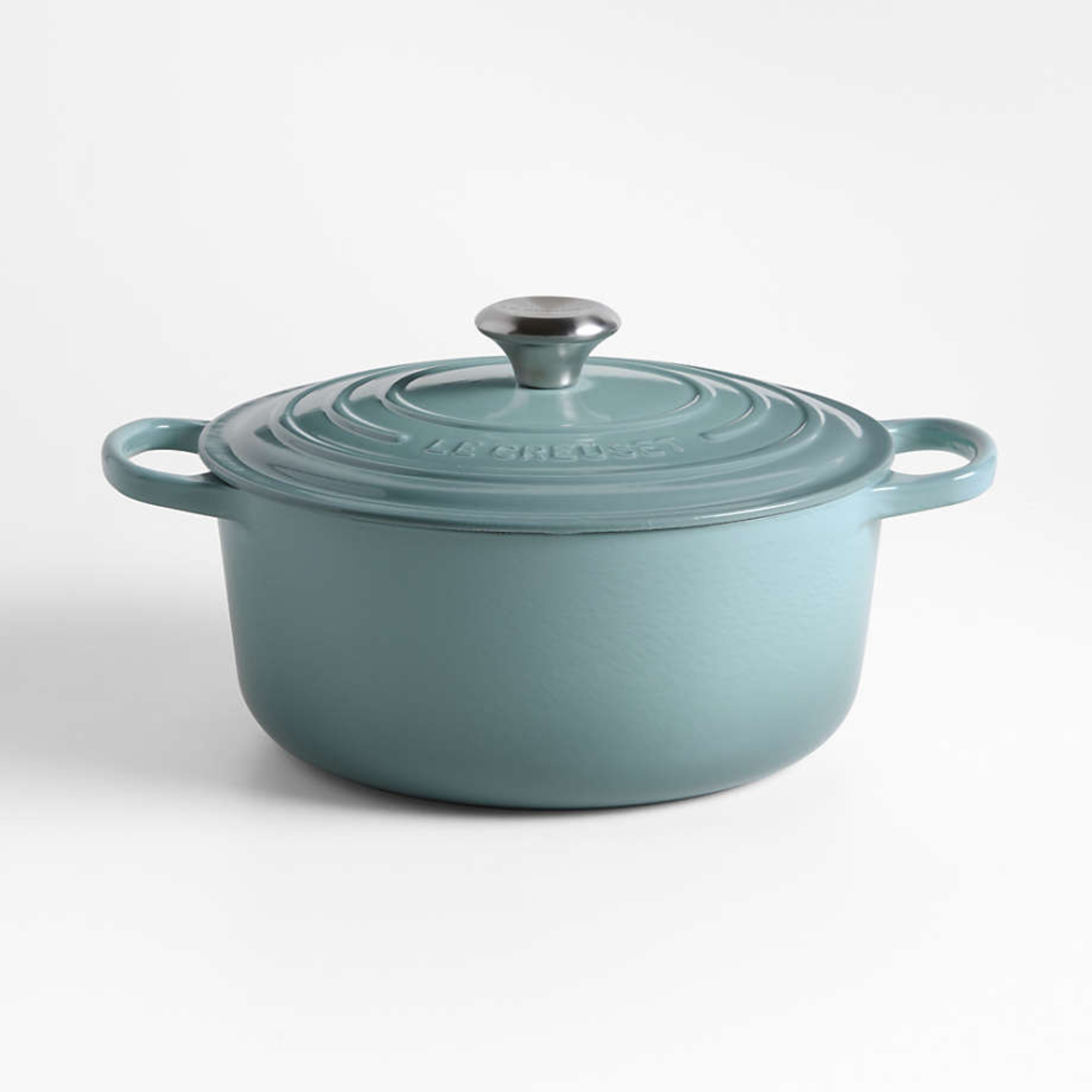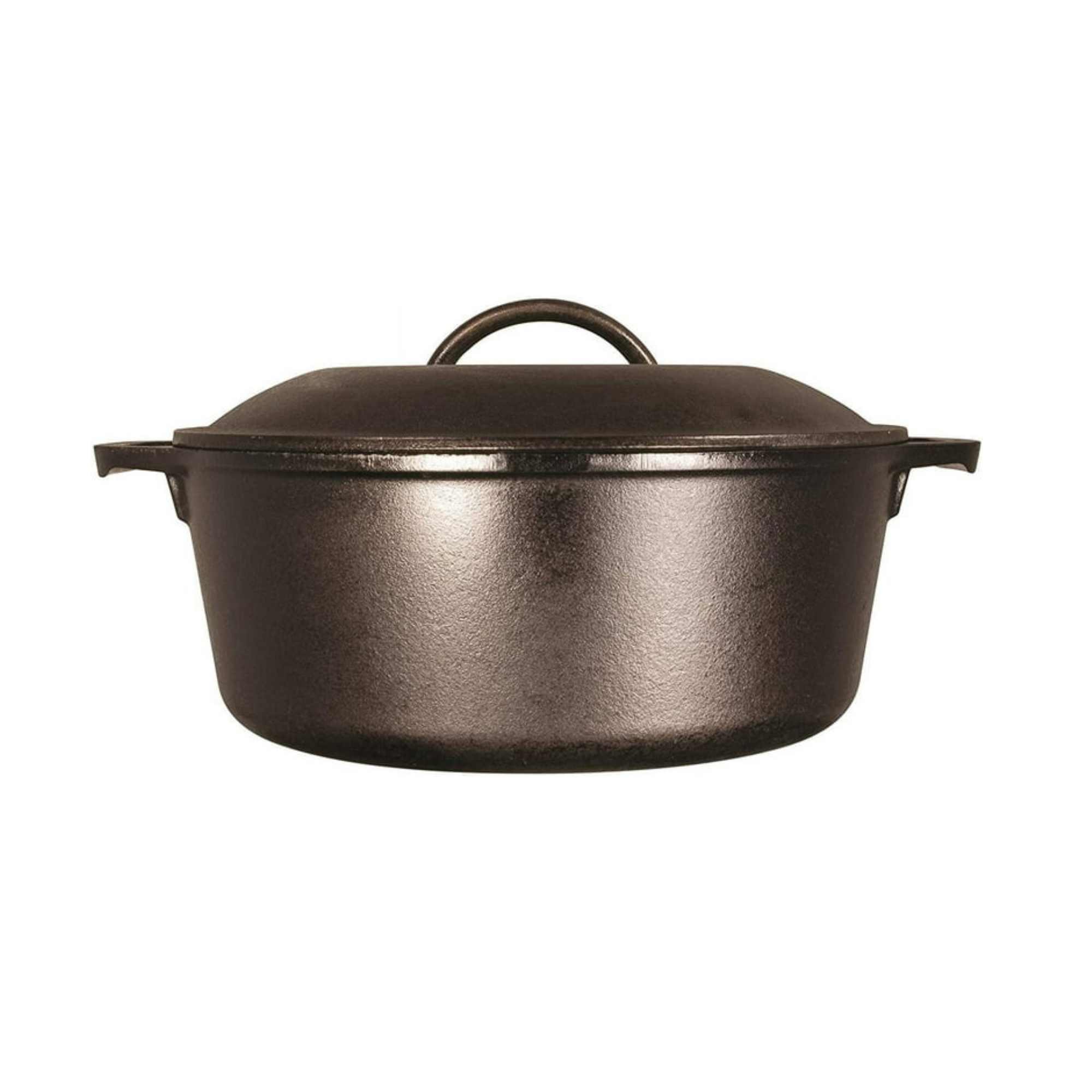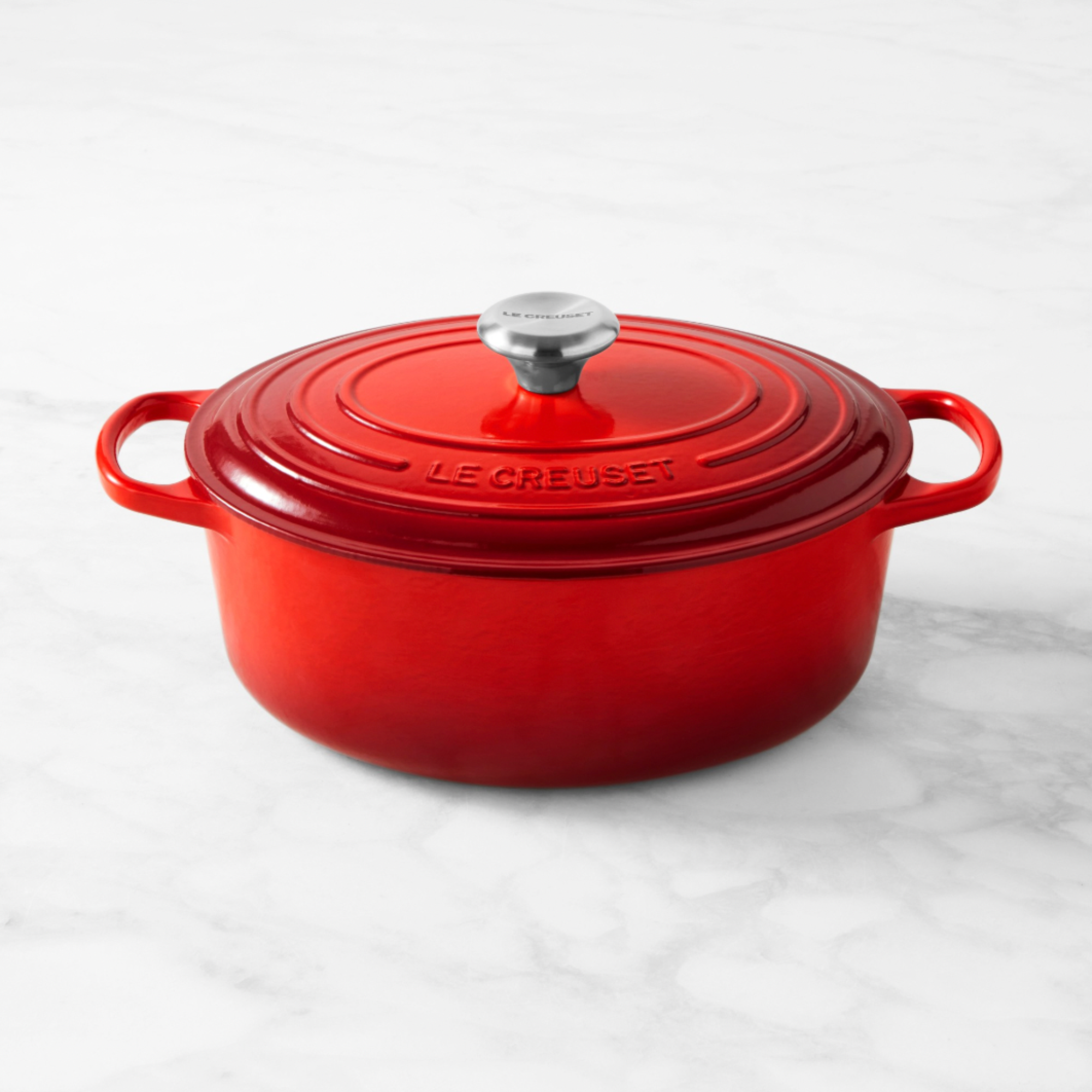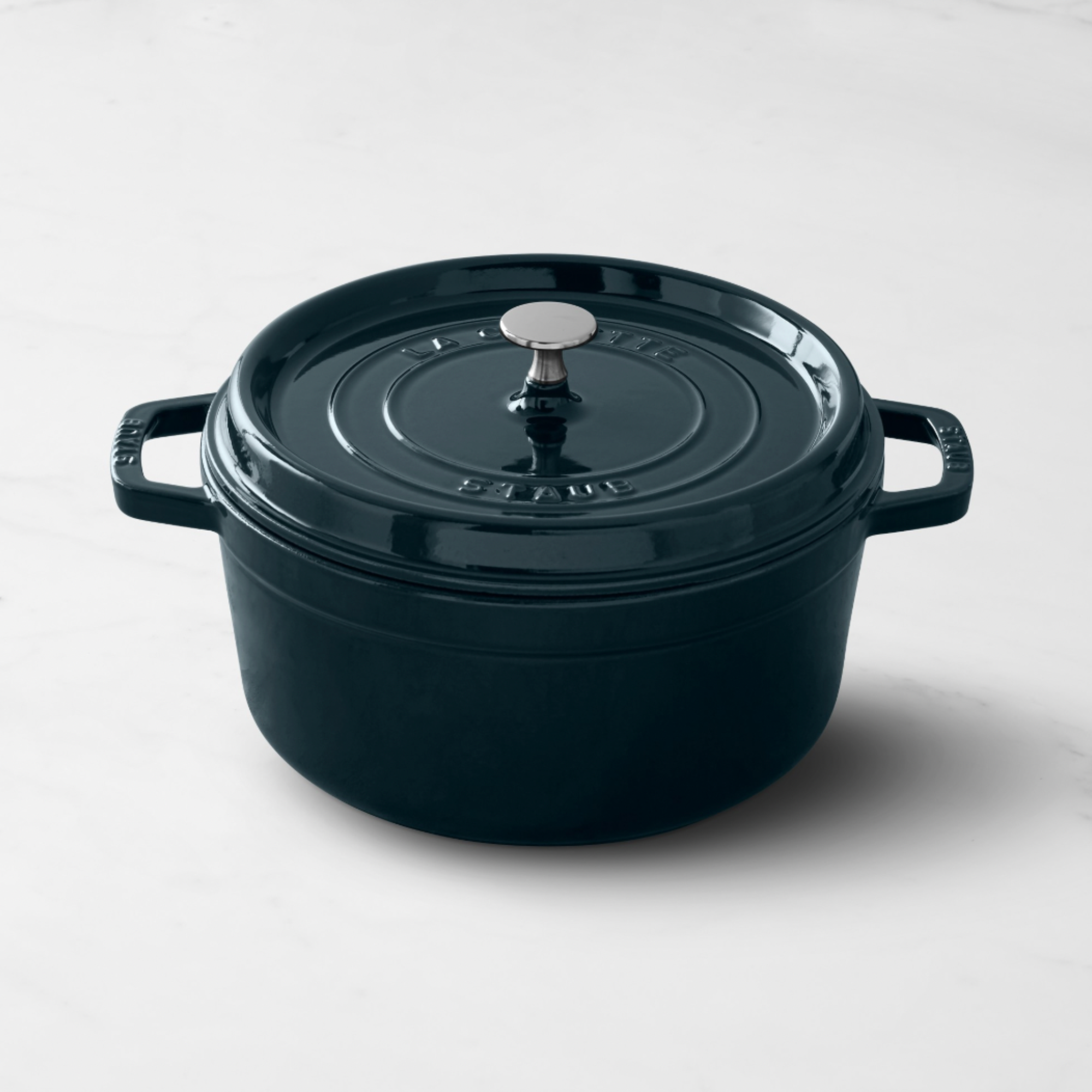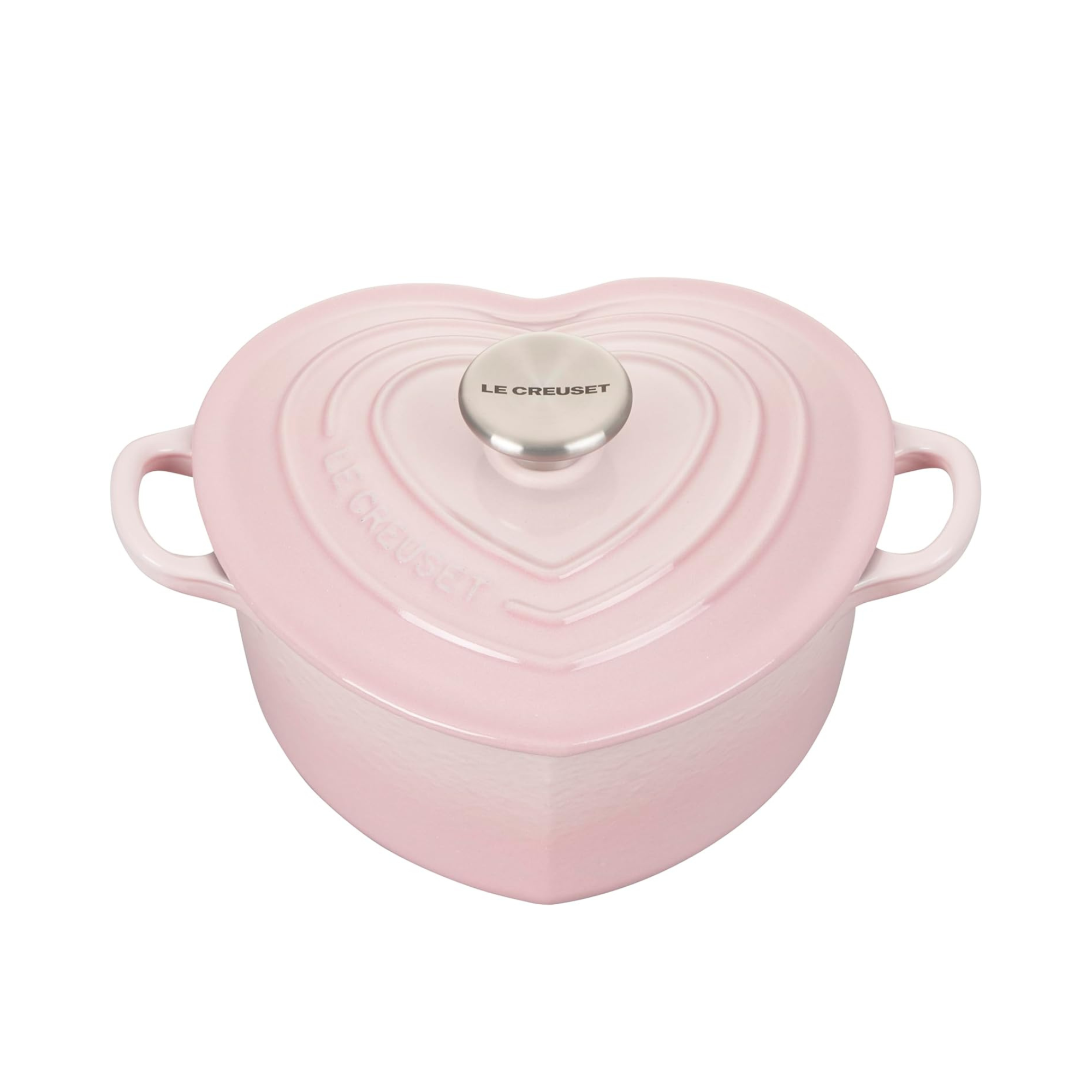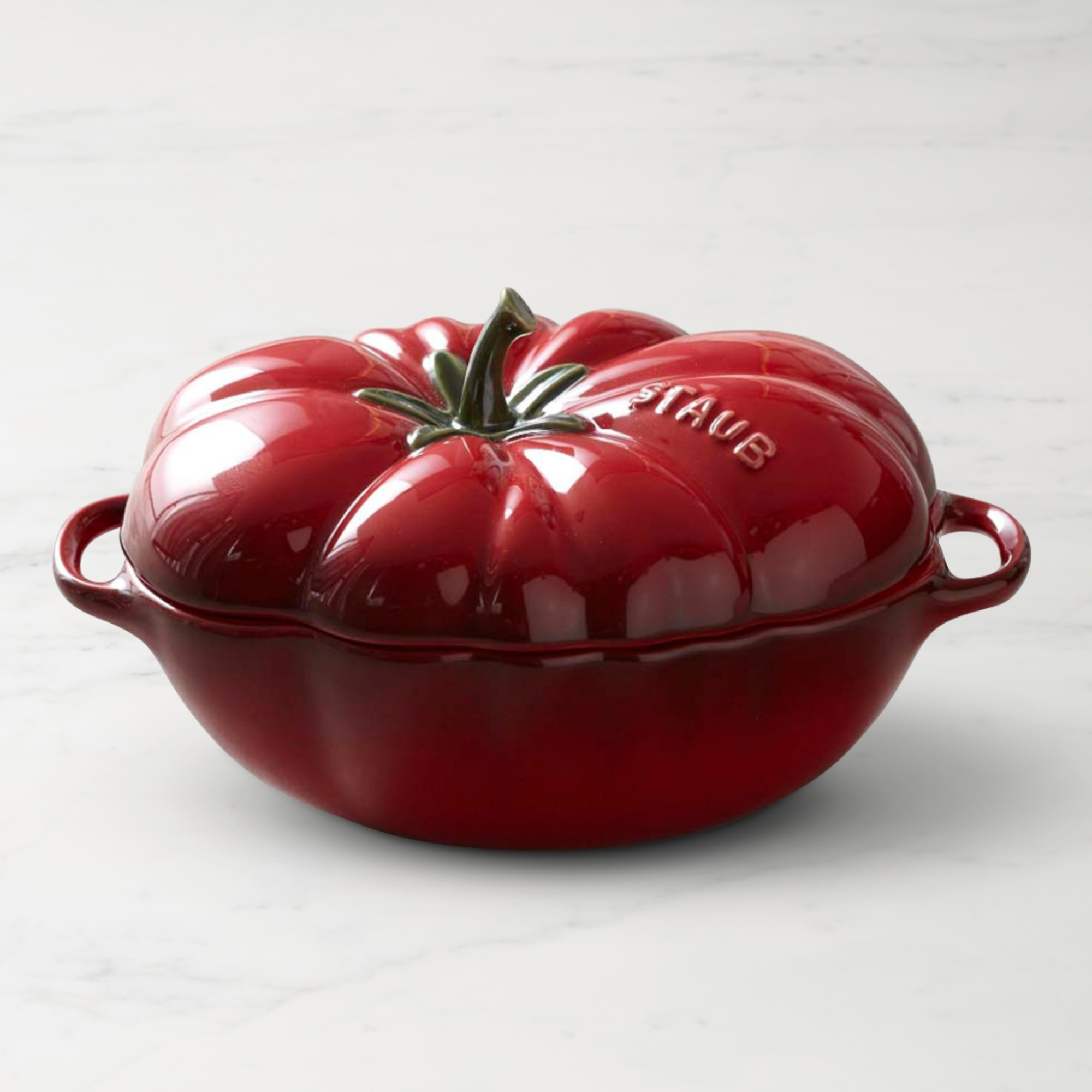Dutch Oven vs Cocotte: is there a difference?
There's a rich history drawing the distinction between these cast iron essentials
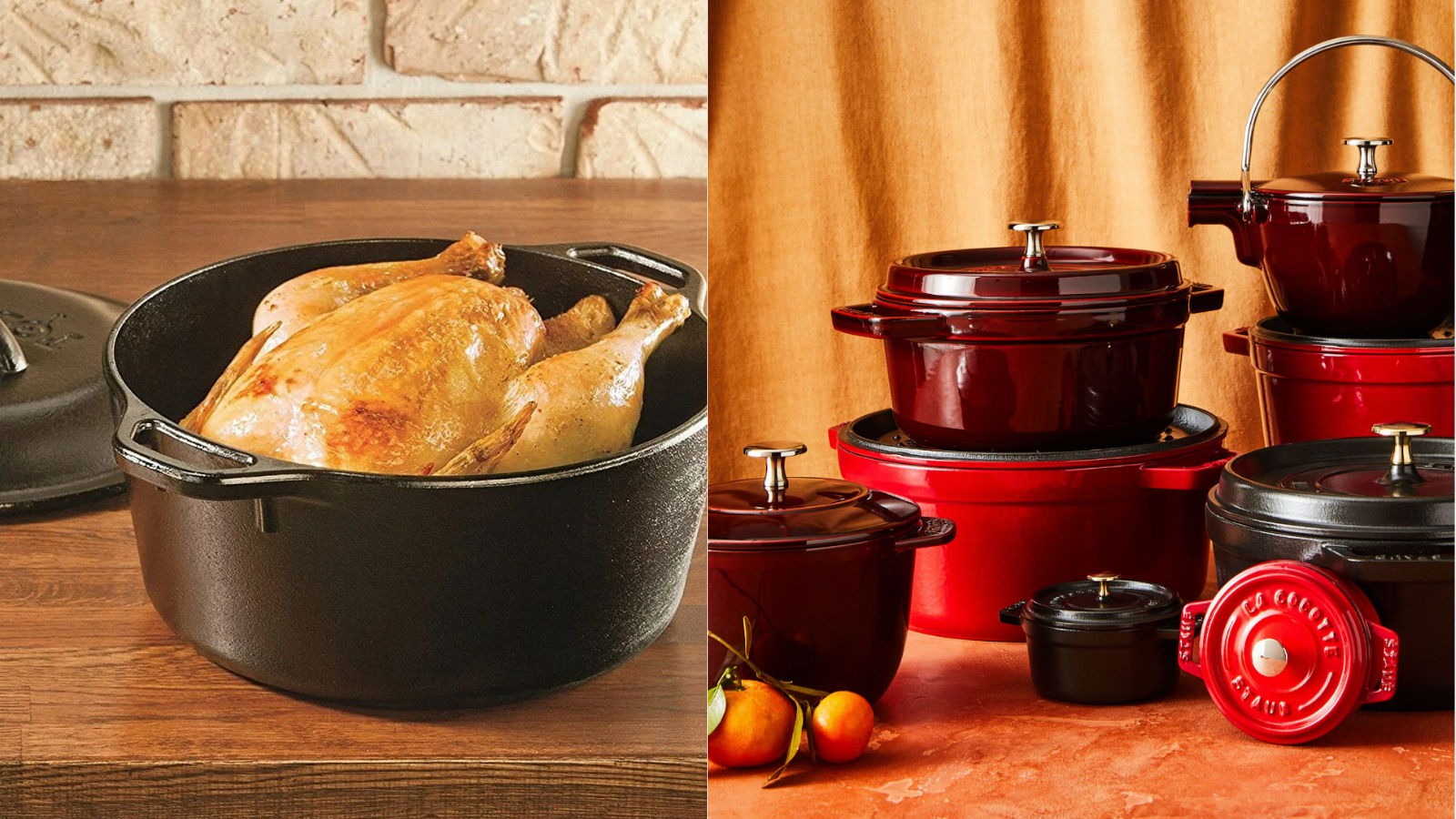

If you’re in the market for a classic, cast iron pot to elevate your home-cooking, you might have come across two different terms: Dutch oven vs cocotte. Both are heavy-duty, lidded pots made of cast iron and they’re cherished in kitchens across the globe for their ability to retain heat and distribute it evenly. So, what's the difference?
I’m lucky enough to have both in my kitchen – a Staub cocotte and a Le Creuset Dutch oven – and I use them constantly. Each brings a unique design and function to my kitchen, and they have very tiny, but fascinating difference between them.
Here's everything you need to know about the Dutch oven vs cocotte debate, so you can choose the perfect piece for your culinary collection.
What is a Dutch Oven?
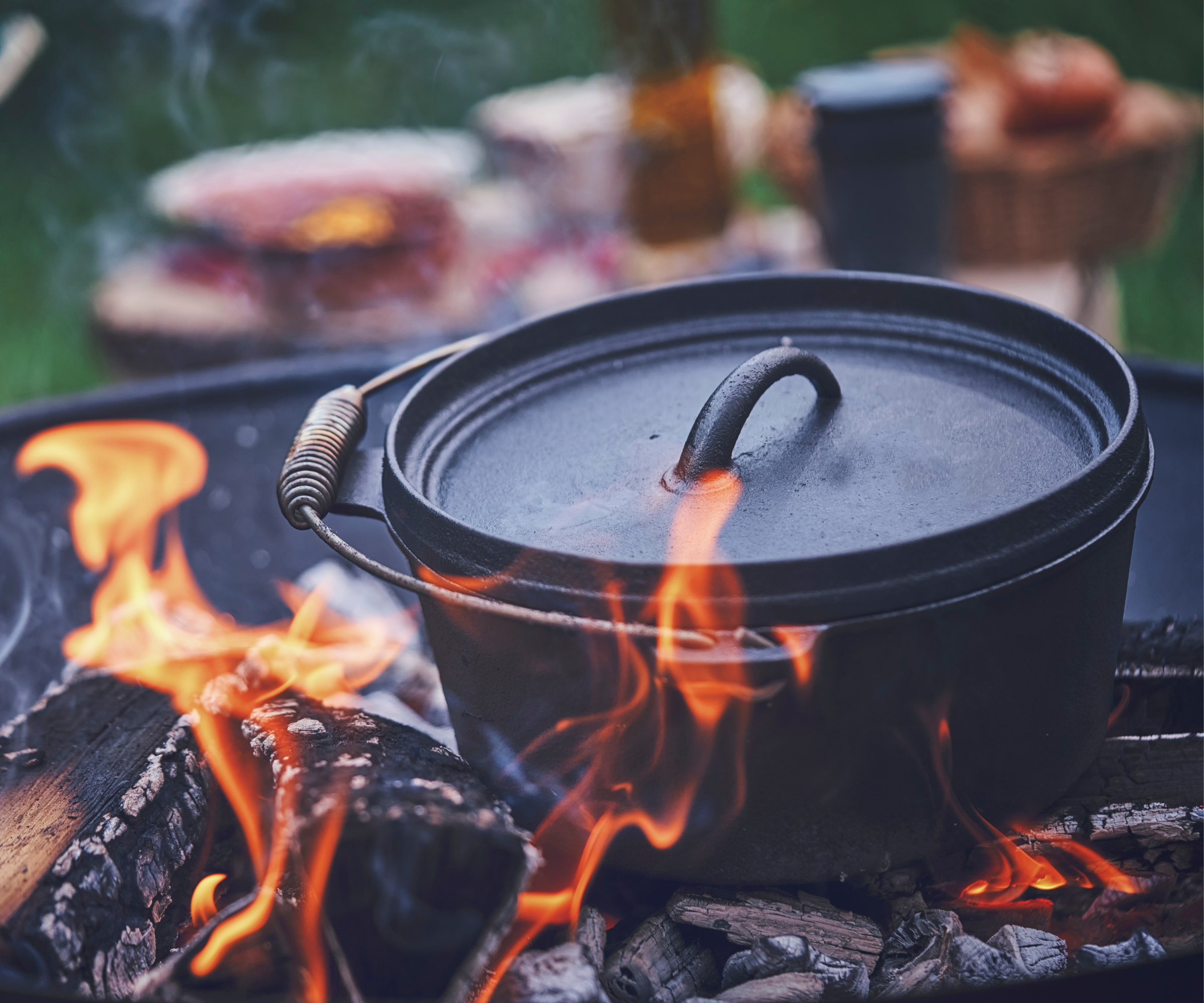
A Dutch oven is a cooking pot that originated in the Netherlands during the 17th century, typically made from bare cast iron. English entrepreneurs admired the Dutch casting methods and began replicating the technique. An Englishman named Abraham Darby improved the casting process, making it more cost-effective. He patented his version of the Dutch oven and popularized it in England and later in colonial America. Dutch ovens became essential tools for settlers, prized for their ability to simmer hearty stews or bake fresh bread in challenging conditions.
American companies like Lodge have stuck to this original design, with bare cast iron that is very hardy, but requires seasoning and careful maintenance to keep the pot in good condition.
Around the same time in the 18th century, French manufacturers adopted the Dutch oven concept and refined it in their own style. They added an enameled coating, which provided several advantages, like improved heat distribution, resistance to rust and easier maintenance.
The French called their version, unsurprisingly, 'the French oven' but this term never really caught on. Even today, iconic French brands like Le Creuset call their pots 'Dutch Ovens.'
A Dutch oven is an incredibly versatile piece of cookware. Traditional cast iron Dutch ovens remained favored by outdoor enthusiasts and campers, since they are tough and suitable for cooking on a campfire. The enameled French-style pots are easier to maintain.
Enameled or not, any Dutch oven will excel at braised dishes like beef bourguignon, pot roast, or short ribs, as well as hearty soups and stews, including chili. You can even bake crusty artisan bread, casseroles like mac and cheese or lasagna, or desserts like cobblers in your Dutch oven.
What is a Cocotte?
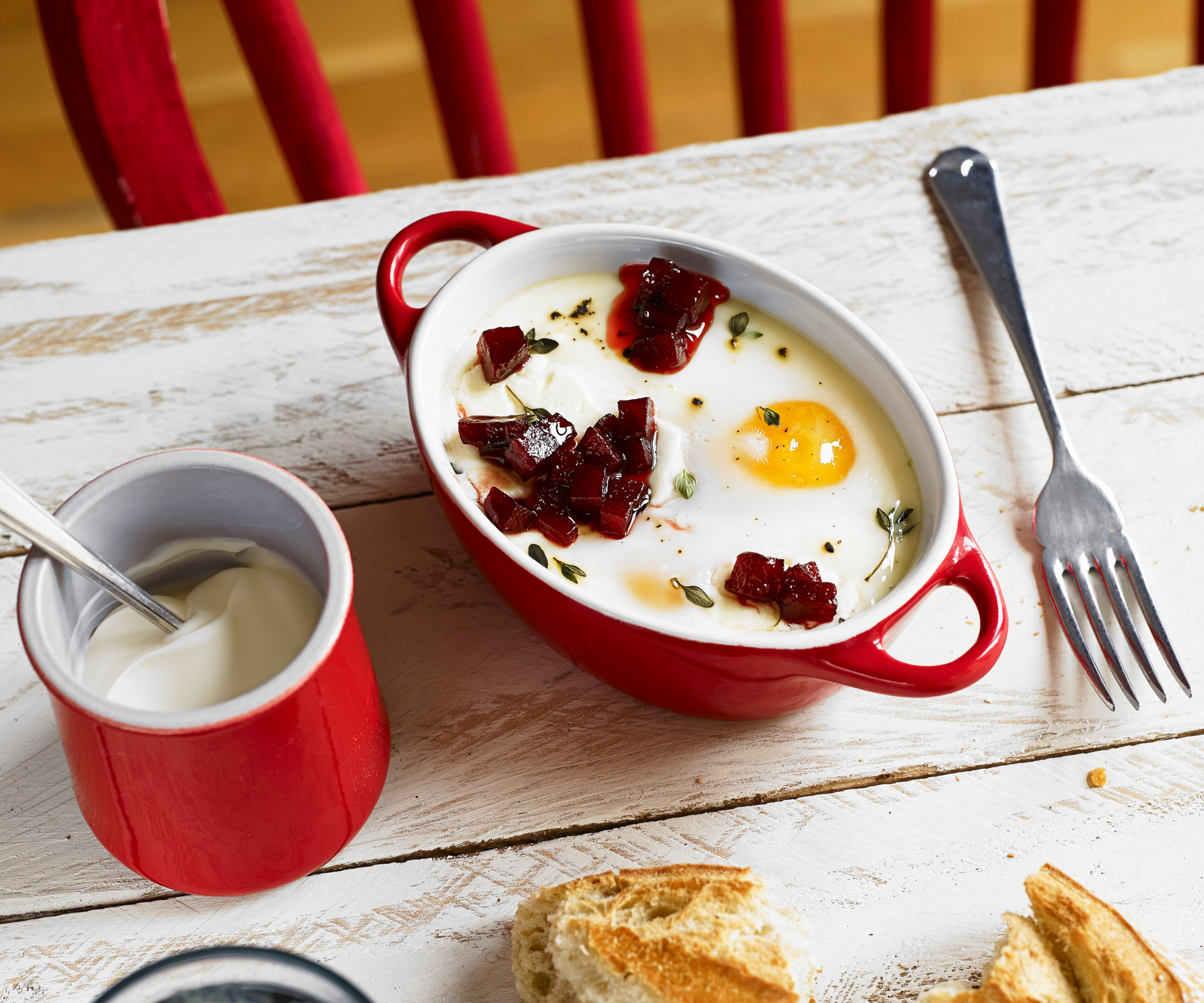
In France, the enameled pots were known as 'cocottes.' You'll see this term used by popular French brand, Staub. Originally a child's name for a hen, it can also be translated to 'cluck-cluck' or 'casserole.' You can get large cocottes, but the term is typically used to describe smaller pots, from mini pots to 3 quarts. I've seen them in tiny sizes and adorable shapes – from flowers, hearts, pumpkins and even tomatoes. Sometimes, you'll find mini cocottes are made from stoneware – which can't be used on the stovetop.
A medium or large cocotte is just like a Dutch oven – perfect for one-pot stews, chilis or small roasts. Mini cocottes are great for individual portions of soufflés, gratins, pot pies, or baked eggs – as they say in France, 'œufs en cocotte'. My favorite dish to cook in my mini cocotte is a molten lava cake – an individual portion, just for me.
FAQS
What's the difference between a Dutch oven and a Sautuese?
A sautéuse is shallower, wider, and more lightweight than a Dutch oven, with sloped sides that make it ideal for quick cooking techniques like sautéing, frying, or reducing sauces. It often has a long handle and is better suited for tasks that require fast heat distribution and more surface area for cooking.
While the Dutch oven is perfect for oven-based recipes or stovetop-to-oven transitions, the sautéuse is more of a stovetop-centric tool, best for searing, browning, or making pan sauces, like gravy or chocolate sauce.
Final verdict
Cocotte is simply the French term for an enameled Dutch oven, and these are often available in smaller sizes – perfect for serving individual portions or something special for one. Dutch ovens, on the other hand, can be enameled or bare, reflecting their traditional roots in the Netherlands.
If you’re after a versatile piece for your stovetop, I’d recommend starting with a classic 5-quart enameled Dutch oven. It’s a reliable all-rounder for beginners.
Sign up to the Homes & Gardens newsletter
Design expertise in your inbox – from inspiring decorating ideas and beautiful celebrity homes to practical gardening advice and shopping round-ups.

Lydia is the Kitchen Appliances Editor for Homes & Gardens, testing everything from air fryers and mixers to juicers and coffee machines. She trained in Culinary Arts at Leiths School of Food & Wine and previously served as the Recipe Editor for Mindful Chef.
-
 How to clean a patio – 6 different methods, and when you must use a chemical cleaning agent
How to clean a patio – 6 different methods, and when you must use a chemical cleaning agentFrom manual scrubbing, natural solutions or calling in the pros, industry experts reveal the benefits and considerations of each method
By Andy van Terheyden Published
-
 Kris Jenner's favorite air fryer, the Ninja Crispi, is the perfect small kitchen solution – it deserves a place on the most compact of countertops
Kris Jenner's favorite air fryer, the Ninja Crispi, is the perfect small kitchen solution – it deserves a place on the most compact of countertopsKris approves of this compact yet powerful air fryer, and so do our own kitchen appliance experts, praising it for its multifunctionality
By Hannah Ziegler Published
